|
by John-Peter Gernaat Joachim provided insight into the origin of his interest in birds and the depth to which this interest has developed over the years. He shared the countries he has visited and the birding projects he has been involved with. He posed the question as to why birders pursue their interest: was it merely to collect experiences – part of the hunter/gatherer human instinct? He opened up some of the knowledge Spiritual Science has provided. In the time of Old Sun birds were developing their heads. They developed more rapidly that other beings, but this development ceased with the development of the head. That is why in this time of Earth development they have such spindly legs and such small stature. But look at their heads and the first thing we notice is that have the ability to see through 360 degrees. The entire bird serves the idea of the head. The legs merely run to the purpose set by the head; the wings carry the bird to the goal set by the head. Some falcons can eat on the wing with no need to land. A bird cannot flex its body, it uses its feather to direct the movement of the body. When we look at an owl with its forward pointing eyes, we note that the feathers on the head (of nocturnal owls) are shaped to direct sound into its ears. Its ears are an integral part of its seeing. Furthermore, its head swivels 180 degrees. 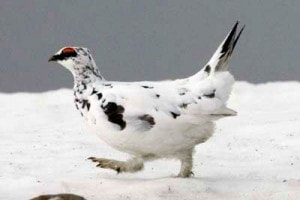 In the Book of Revelation we are introduced to the Four Living Creatures in the midst of the Throne. These have the face of a lion, a bull, an eagle and a man. The four Gospels have been associated with these four living beings. The Gospel writers were each inspired by the essence of one of these four living beings. Mark is connected with the lion. He is short and sharp. When a lion eats he feels it in his blood and this brings him balance. Luke is connected with the bull. The Gospel begins like a fairy story and is ruminating in its style. It is very much connected with the earth. John is connected with the eagle. The prologue to this Gospel can live only in our thinking, it is not an earthly story. Thinking is a self-contained entity within us. Sun powers make this possible. The human body creates a space for this entity of thinking. An eagle flies over the earth using thermals to rise up towards the sun. It has the ability to zoom with its eyes to see great detail on the ground below. In birds the ability we have from the sun’s powers is translated into their feathers. The feathers are the thinking of birds. With its feathers a bird thinks its surroundings. Joachim then spent considerable time looking at various birds and describing how the feathers of the bird think its surroundings. For example, he showed us a snow grouse (Willow Ptarmigan). The most common explanation for its colouration is that it is used for camouflage, but this is not so. Its colouration changes as the seasons change as it “thinks” its surroundings. Forest birds in temperate climes all look very similar – pale green and non-descript – as they all think their common surroundings. Ducks will remain on the water for months without suffering the consequences of the constant moisture through the thinking of their feathers. When a flock sleeps on the water the ducks along the outer edge sleep with half their brain and one eye awake, the side facing outwards from the flock, and they will swap positions with birds in the inner part of the flock all while asleep. The white feather on the underside of water birds makes them invisible from below while black or dark feathers above make it impossible to see them in the ocean’s waves, e.g. the puffin. 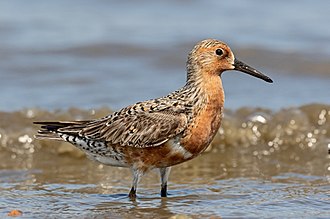 The beak of a bird is constructed of keratin (horn) also related to thinking. The bills of sea birds that spend time at sea have a bulge that contains a salt filter allowing the birds to drink seawater, e.g. the shearwater. These birds live in a very harsh environment with constant winds, salt and the sun from above and reflected from below. These birds have developed specialised feather on their wings that allow them to remain airborne in the strongest winds. (Joachim had a little derisive undertone towards seagulls in comparison to shearwaters because they like to sit on the land and their need to clean their wings with fresh water.) During Old Moon all animals migrated around the moon in order to experience the sun. This migratory instinct has remained in those birds who migrate in the Earth Epoch. What animals do, resides in their organs, this is instinct. Animals are unable to indulge in the way we humans do, by over-eating, partying, etc. Animals indulge in their relationship to their environment, such as an eagle flying on thermals. Joachim spoke of special adaptations birds have for their migratory habits. Red Knot waders will fly from Mauritania and arrive in Europe with all muscle fat used up, almost unable to stand. The must first eat to regenerate their liver and stomach to be able to digest food. Once they have regained their muscle fat they will fly on to Greenland where the females eat a diet rich in calcium to add as much as 10% calcium to their skeleton in order to lay their eggs in Canada where the breeding areas are calcium poor. 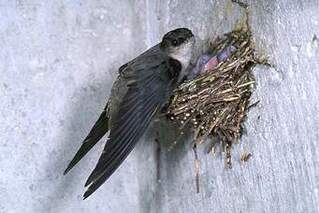 Starlings flying in flocks have a single eye within the flock that allows the flock to move as one. After this Earth Epoch on Jupiter we will be able to see the spiritual world with our eyes and have the ability to move using our thoughts. Raptors use thermals whey they migrate, rising and gliding and also have a flock eye to guide them. Swifts live on the wing and don’t have the ability to take to flight from being stationary. They build their nests so they can fall from the nest to give them the velocity to fly. These birds eat on the wing, sleep on the wing and mate on the wing without the need to land. Where there are a lot of form forces in the environment of the birds their feathers become more showy, as in the tropics. Honey birds consume nectar which is the greatest form force of the plant and from this form force they emerge with spectacular colours. Some birds do not develop colour as a result of form forces but instead develop song, e.g. the nightingale. Songbirds send their songs into the highest atmosphere where it is fructified with etheric force which then descends to fructify the earth. The earth would not be fertile without the song of birds. In this way birds mediate between heaven and earth.
0 Comments
by John-Peter Gernaat
Joachim posed the question: What is a king? He took us into the history of humanity through the Old Testament. Enoch and Noah still had undiminished clairvoyance and acted in accordance with the Spiritual World. After them, the Patriarchs no longer had the same clairvoyance, but they were able to have conversations with God. With time our consciousness emerged. Moses was the first leader to show human consciousness. The Judges received messages from an angel; conversations with God were no longer possible. Samuel was the first Man of God, he acted as the messenger of God, no longer an angel. Samuel anointed Saul as the first king. This was a new step for the Spiritual World – having a king on earth who longer had a connection to the Spiritual World. Saul had to fight to remain human. His soul was pulled in diabolical directions manifested by his moods. David was the first human with his Thinking, Feeling and Willing fully engaged in the task of kingship. Joachim showed us an image of Michelangelo’s David facing Goliath. He looks balanced but also vulnerable. That vulnerability develops when he takes the wife of another man. From David there are two lines of decendants we see represented in the New Testament. The line from David’s son Nathan is represented in the Gospel of Luke and the line from Solomon is represented in the Gospel of Matthew. In the Solomon line the Babylonian exile is a key milestone. Joseph, the son of David, heads a wealthy family. He is the prince in the House of David. So when Jesus is born, a crown prince to the throne of David is born. Only the Essene community may have celebrated this event, not the ordinary citizens of Israel, or Herod. The historian Josephus tells us that Herod sowed enmity with the Jewish people. He was also desperate to hold onto power and had his own sons murdered. He was a thorough materialist. He had his own secret police. Herod used the Chief Priests and Scribes to institutionalise his power among the Jews. It is into this world that the Priest Kings arrive. The Scribes bring information which is analysed to determine the location of the birth. This is the first mention of the tool of analysis in human development. Why does Heron send the Priest Kings to Bethlehem instead of going himself? He fears the child after all and wants it dead. The Priest Kings were highly initiated into the religion of Zoroaster. They were true kings over themselves. Zoroastrianism had taught them to look to the stars to know when the next appearance of Zoroaster would occur. These kings stand as representatives of the earlier Cultural Epochs:
Why these gifts? The Priest Kings knew that Thinking, Feeling and Willing had been developed through the Cultural Epochs to their highest form under the guidance of Lucifer. A new impulse was needed to develop these qualities further. This impulse would come from the being Zarathustra spoke of as Ahura Mazda. It is Lucifer that guided the kings to Herod. On meeting the child, it is independent thinking that brings these kings the insight to go home another way.
The Priest Kings offer Thinking, Feeling and Willing to the baby Jesus – to the Christ. What does it mean today when we offer our Thinking, Feeling and Willing to Christ? We will experience that the adversary powers will present counter-ideas to distract us. Bringing our ideals into reality is the real communion for our time. When we act from the place of “not I, but Christ in me”. In a side note after the talk, Joachim mentioned that the lineage of the Solomon child, into which the spirit of Zarathustra incarnated, had to be free of the development of Lucifer in order for the child to offer his soul to the Nathan child at the age of twelve when the Nathan child visits the Temple with his parents and is found among the scribes answering questions with great insight. He also mentioned who the Priest Kings has been in their previous incarnation. JanuaryList of articles - click on the icons below and you will be redirected to the page where the article is published.
by Rev. Reingard Knausenberger The Twelve World Views that weave human life and the world together. There is not one world view, which needs to be defended or is valid above all, but rather there are twelve world views. The world does not allow us to observe or think it from a one-sided point of view, but rather reveals itself when one can gather different viewpoints. As the zodiac offers the sun the opportunity to shine its light to the earth from twelve principally different places, so we human beings can practice taking on a stance that can ‘go around’ something and observe and cognise it from twelve different viewpoints. Only then will understanding be an act of revelation in which the reality of human and earthly life as one can be experienced. The world views are paired as opposites. Three of the world views come from our senses, three from pure thinking and six from the complicated area of the soul. The whole – body, soul and spirit – is a reality. Each month one of these world views will be expanded staring this month with Monadism. MonadismThe ‘monas’ is the unity with, and at the same time also the separation from, other monads (entities which are in relation to each other). It is a qualitative experience of the other, as all parts of the universe are in manifold relationships with each other. A monadist observes the world from the aspect of individualism and pluralism. Interest - ‘Inter-est’- means ‘what is between’, meaning creating a relationship. Only the thinking monad can experience the highest form of this by realising how all human beings carry the same inexpressible name, with which their individuality and uniqueness is grasped inwardly. At the same time this name is universal to all humans. We say ‘I’, and we can experience what separates us and unites us, what is individual and universal at the same time.
by John-Peter Gernaat
Michaël started by referring to the contemplation that was provided by Reingard in the December newsletter as an excellent starting point for this topic. He spent some time speaking of the importance of rhythm. Rudolf Steiner stated that rhythm restores power. Nature is built on rhythms: day and night; plants budding, flowering, bearing fruit and dispersing seeds; animals have migratory rhythms and mating rhythms. Humans alone do not have outer rhythms imposed on them; we must create our own rhythms. People who rise and sleep with the sun experience a power from this rhythm. We live in a world that supports a lack of rhythm. We need to work at establishing a healthy rhythm in our lives. Rhythm comes with sacrifice. Everything in life comes at a cost but the gain can be greater than the cost. The Christian cycle is a rhythm we can adopt and so is the rhythm of the Act of Consecration of Man. When we look at Mary – as Reingard did in the December contemplation – she, Mary, is already conscious and present. This is the meaning ascribed to the book she holds in so many artworks depicting the moment of the Annunciation. In this state of consciousness and presence the angel can come. The translation of the opening words of the angel are generally “fear not”, but the words in Greek are in the passive form and could be better translated as “in yourself, don’t retreat” or “stay in the present”. The state that is asked of us for prayer is a state of being present. When we are present angels can come. Formerly prayer required an intermediary. We could feel our connection to the divine through a saint or through a guru. In the case of a guru, he would take charge and we would sit at his feet and we would withdraw from society in order to be with the guru. We would ‘go up a mountain’ or ‘go to the source’. Mary is neither with a guru nor in a temple, she is alone. Zacharias, on the other hand, is in the temple when the angel appears to him. Today, in our prayer life, we no longer need to ‘go to the mountain’ or ‘into the temple’, we need to go into ourselves and create the space and the presence to be in that space. When we read the story of Jesus meeting the Samaritan woman at Jacob’s well the conversation that occurs is an unexpected one (no Jewish man would speak with a Samaritan woman). Jesus speaks of a spiritual relationship: if she forms a rhythmical relationship (just as the relationship is to her drawing water daily from the well) with the Christ the power of God is restored. The ’spring’ we once sought ‘up the mountain’ or ‘in the Temple’ has shifted into us, but we must recognise it. The way we generally read this passage makes Christ a guru to the woman, but it may be that the correct way to read what Jesus says in asking her about her husband (a relationship to a ‘Lord and Master’) is to consider the question as: “go to your spiritual source”. Then the response of the woman makes more sense, which is to say that she has no husband (no spiritual source at present and then to be able to confirm what Jesus says to her. In this way she can say: “I have had five gods and in terms of the one I worship now I’m not certain that I have a relationship to him”. In this reading she becomes a representative of all humanity: seeking but not in a true relationship. The fact that the ‘mountain’ and the ‘temple’ has moved into us means that our inner disposition becomes relevant. The birth of Christ in us requires preparation. We must put time into this preparation. It is not like fish eggs where the life is prepared externally to the parent fish. For an internal birth there must be an internal development. For Christ to be born in us requires rhythmical praying. When we pray it is necessary that we include our thinking in our praying. When a woman is pregnant, she will at some point experience a profound realisation that she is developing a new life within her body. When we carry the Christ in us this insight and understanding is similarly profound and has significance for the whole world. by John-Peter Gernaat Rev. Frimut Husemann presented two talks on 8th December and 15th December. Contemplating the world within the human being we note that we take in the world through our senses. We can experience this in infants: they hear adults speak and learn to form words by imitation; they fall, cry and try again and again to stand. We know from the person know as Kasper Hauser who was held in a dark prison till age fourteen that his senses were fully developed nonetheless, but he lacked understanding. He saw a tree and assumed it was ready-made like that. He had to be shown that a seed planted in the soil germinates and grows into a plant. Can you see a dot of ink on a page? No, it is not something you can appreciate through your senses. It is something we grasp through knowing. Look at a triangle: We cannot see that the three angles of a triangle make up a straight line or 180°, this is something we can only grasp through knowing. So, when a teacher says to a child: “surely you can see this” it is an incorrect statement. Our senses do not tell us that it is so, it requires knowledge to understand this. We take in the world through our senses but every human being has their individual knowledge and ideas. As a result everyone creates their own reality. No one can experience another person’s reality. We have a connection to our body, but our body is also a part of nature. By the age of 30 we begin to distance ourselves from our body. The body we have is given to us by nature. The understanding, for examples, that we are boy or girl is not inherent in the body, it comes through understanding. Under anaesthetic a part of body can be removed and we realise that we are not in that part of our body. We can think about the world only because we have a body. The body is a mirror to our thinking enabling us to relate to the natural world. We can look at the human being as a place where the world has freedom. In the Gospels Christ refers to himself as the Son of Man. How do we understand this? This picture symbolises the human being. When Jesus stood in the Jordan, we know from Rudolf Steiner that his “I” had departed and that the Christ was then able to unite with Jesus. Firstly the I of Christ united with the astral body of Jesus (this occurred during the 40 days in the desert) and he became a teacher. Then the I of Christ united with the etheric body of Jesus and he could heal. Finally, at the end of the three years the I of Christ had fully united with the physical body of Jesus and the “I” was born on the cross. The Son of Man is a result of the evolution that occurred on Old Saturn, Old Sun and Old Moon. Through the “I” the Son of Man becomes a unit in the realm of Revelation. Christ permeates the whole world except he does not permeate me. I have a choice to allow him in. Once we are fully permeated by the Christ this evolution will end. We must realise that we are not permeated by Christ and we must school our souls in this regard. Christ is not absolute. He wants to become so but can achieve this only through human evolution. While we are not yet permeated by Christ we act in ways that are selfish and wrong. For example, Frimut travelled 9000km to work in our community, but that act of travelling caused harm – it was a sin – that will have to be atoned for by someone at some point in time. This talk was summarised as: the human being is not born instinctually human. We are instinctually animal, see a child that is raised by wolves, it behaves like a wolf. We learn to become human through our interaction in society with other humans. Because we see it as natural that a human is raised by humans, we think that being human is natural. We learn by culture and at about 20 years of age we gain our own will and aims. We are born by nature We learn by culture We gain our own aims Our evolving continues and at 35 years of age we discover that we need to learn in other ways, we can no longer learn by nature as we did as a child. We have gained a certain freedom until we begin to question everything, like Faust. Faust comes on stage and proclaims all he has achieved and learned in his life, but he is not content, he wants to understand how this creation is held together. We can come to an understanding that the creation is held together in us. We are empty and we need this emptiness to be filled. We need the Will to call God into our being. We hear in our Creed that the Father God is born in eternity. This occurs through our own activity. All of creation exists in harmony. We are the Gap, we can do wrong, consciously or unconsciously. We can even do evil. The sickness of sin is a reality where God is absent. We receive certain impulses from the past and others from the future. They meet in us.
Report on the Christmas series of talks by Rev. Frimut Husemann “The Birth of the Son of God”12/1/2020 by John-Peter Gernaat “The Birth of the Son of God in Ancient Egypt” presented on 26th December“The Son of God” was the title of the Pharaohs. Rudolf Steiner spoke of this when he began the renewal of the religious life and we can read about it in “Christianity as a Mystical Fact”. Ancient religions already had a picture of God being born on earth. Firstly, Frimut presented a geographical picture for us. Abram, who became Abraham, left Mesopotamia and moved with Sarah his wife to Egypt. When he wanted a wife for Isaac his son, he sent a servant to Mesopotamia. When Esau lost his birth right to Jacob, he fled to Mesopotamia. The Babylonian exile was to Mesopotamia. The Israelites developed between Egypt in the west and Mesopotamia in the east. The picture of God being born on earth became a part of the Jewish religion. Frimut spoke to images he had brought with him. This image is to be found in the Mammisi, a smaller chapel called the “room of nativity” that forms part of an Egyptian temple. It shows the conception of the Son of God – the new Pharaoh. This picture is reminiscent of the story in the Gospel of Luke. The figure with the cow’s horns is the goddess of birth, Hathor. The cow’s horns are an image of conception. This goddess can be compared to the Archangel Gabriel. The wife of the reigning Pharaoh receives the annunciation from the goddess. On the right is the god Atum who wants the Pharaoh as his son. We recognise him by the symbol, the Ankh, in his left hand.  The Ankh This picture shows the birth helpers of the goddess of birth holding up the couple while Atum holds the Ankh to the nose of Pharaoh’s wife so that she may ‘breath’ in the new Pharaoh. The art of Egypt was a representation of reality. It was precise and had the meaning it depicted. Khnum, the potter, a creator god makes the body of the new Pharaoh. He makes both the physical and the etheric bodies on a potter’s wheel. Hathor is present as the goddess of birth holding up the Ankh to the new Pharaoh. Horus presenting the newly born Son of God. This is reminiscent of the presentation of Jesus in the temple in Jerusalem. Mesopotamia represented the East and life, while Egypt, especially Egypt west of the Nile, represented the West and death. The Nile River itself represented life. Egyptian representations are very exact and technical. They felt that by having an exact representation they had the spiritual on earth. The artists who made these depictions were slaves of the priests and made the images under the hypnotic influence of the priests. The images are of the burial complex of Pharaoh Unas, 9th and final Pharaoh of the Fifth Dynasty, built in the 24th century BC (Wikipedia). When a Pharaoh died there was a birth. This is reminiscent of out Christmas altar image where there is a birth on earth and a death and revelations in the heavens. The purpose of the pyramid built over the burial complex was to ensure that the death of the Pharaoh did not represent his spiritual death. It created a path to Ra so that the dead Pharaoh could rule with the living Pharaoh. This made the living Pharaoh a representative of God on Earth. The same title as taken by Caesar and by the Pope. In these later pyramids the ritual of death is more clearly revealed than in the older pyramids. The western chamber, where the sarcophagus stands, represented the underworld, The Antechamber into which the passage opens represented the earth while the eastern chamber represented the heavens. The funeral ritual began at sunset. The mummy of the Pharaoh was taken into the underworld chamber and a calf was slaughtered. At midnight the mummy was closed in the sarcophagus. To the right and the left of the entrance to this chamber were two statues. The etheric body of the Pharaoh, the Ka, and the astral body of the Pharaoh, the Ba, were united with one of these statues each. The priest would speak the words and these words would become reality. These two statues were then moved through the low doorway into the eastern chamber where the Ka was set in the northern room and the Ba in the southern room. In the middle room the “I” could be free. It was transported on a ship (a bark) for the next month to life in conjunction with the sun. The path leading into the funeral complex was sealed with 3 huge stones that fell out of the ceiling to seal the passage after the funeral party left. These rituals were rituals of authority in the sphere of the Father God. The Ka is represented by Seth and Ba by Horus. Seth can be equated with Ahriman and Horus with Lucifer. We all have Horus and Seth in us and an empty space where the Christ can be grasped by the I. The first communion in the Act of Consecration is “Take this into your thinking”. As the service continues the communion with the soul and the body occurs. Joachim Spiegel has written a book on the Rituals of the Egyptians. From his research we know words from the rituals: “You were born for the reason you have Horus in you. You were born for the reason you have Seth in you.” The body of the dead Pharaoh was given into the arms of Atum, who in the Egyptian cosmology is the first god who created the creator gods and goddesses. “The Birth of the Son of God in Ancient Greece” presented on 27th DecemberIn Ancient Greece art reached a completely new form not seen in the world before. In Greek art of the Classical and Hellenistic periods the content is in the art. There are no longer any explanations accompanying the art as in the hieroglyphs in Egyptian art. The content is inherent in the art – in the forms – but there is no interpretation provided. The soul must feel the meaning of the art. The two images Frimut brought are almost life-size and both are relief sculptures. We were asked to describe this image factually. You should do so yourself before reading on. We see a man, an older man, dressed in robes supported by a staff, contemplating a man, a younger man, who is undressed who is perched on a support. The young man is looking out at the world. Once his hands held a spear. He was a hunter. Behind the younger man is a child who is asleep. At the same level as the child is an animal who is awake. This image represents the three ages of Man, childhood, adulthood and old age. One cannot see the expression of individual artists in Greek art, all artist developed the style of the time, but there was a development in the style that occurred over a period of a century. In Egyptian art there was no development. It was authoritarian and grave-like. In Greek culture there was no real understanding of death. Greek culture was all about life and the enjoyment of life. Greek culture expressed the appreciation of the temple of the human body, especially the male body. There is no expression of egoism in the body or any inhibitions in its portrayal. In the image above we can see the child sleeping at the level of the legs of the man. This represents the sphere of the will. Here the child is unconscious while the animal is fully conscious. This image also represents the three levels of consciousness. This image was found on a grave and the legs of the younger man stand free of the relief, i.e. they are fully three dimensional. This represents an old man looking back on his life just before death. The Greek culture was the first culture where an individual reflected back on himself. This is the first time we see the ideal of freedom coming to the fore. It is not yet real freedom, but the idea of freedom was developing. This image was made in the late classical period of Greek art between 360 BC and 390 BC. In ancient Egypt one can imagine the pyramid. The Pharaoh's name is carved into the top pinnacle of the pyramid: the name of god. The sun (Ra) shines in the pyramid and he, Ra and the Pharaoh, rule the world. On the ground at the base of the pyramid stands the living Pharaoh, the Son of God. In Greek architecture, the temples had changed and become a representation of a house for the gods. Socrates began to think independent thoughts that were against the stream of thinking of his time and the result of this blasphemy was death. He could have fled Athens and avoided death, but he was culturally, an Athenian first and foremost and therefore would not flee from death and accepted his death as the will of the judges. The Greek culture was the first European culture and also the last oriental culture. It reached a new level of consciousness. Initiations at Eleusis continued until 480 BC. The Parthenon was built between 477 BC and 438 BC by Pericles at the height of the ancient Greek Empire. The Persians attempted to invade and conquer Greece between 492 BC and 478 BC. One of the decisive battles was won by the Greeks at Salamis where they destroyed the Persian naval supremacy. Eleusis overlooked Salamis and the bay of Salamis where the naval battle was fought on 28th September (Michaelmas) and as a result of this battle in 480 BC the initiation ceremony could not take place at Eleusis and the spiritual beings deserted the temple. The image (above) is of the priestesses of Demeter and Persephone initiating a young man. Demeter holds the staff with the ears of wheat sprouting from the top. The staff of Persephone has the burning torch at the top. In this relief of the archetype of the initiation the initiate is Triptolemus who was either a prince or a god and received the secrets of agriculture from Demeter and her daughter Persephone. In the Eleusinian mysteries the men to be initiated sat in the dark all night and at midnight the priestess of Persephone would take them one by one into the place of initiation. As he enters he sees a light and hears the toning of a gong. The priestess of Demeter says words: “The strong wife will bear a strong son”, at which point the initiate has a vision of the mother and child. At dawn they to go a cave where they spread water symbolising flow and procreation then they plant wheat seeds at a cemetery that produce crop in the next season. This was the last shadow of the ancient mystery initiations which foreshadowed the Christ. These mysteries were held at Michaelmas under the guidance of Michael. These mystery initiations foreshadow the Act of Consecration. Frimut shared some political history about the Greco-Persian wars. Xerxes led the invasion of 480 BC. Xerxes defeated the Spartan and Allied armies in the battle of Thermopylae and the Greek navy that had been protecting the flanks of their army retreated to the island of Salamis. Xerxes now invaded most of Greece and the city of Athens was evacuated except for a small army. Xerxes defeated this army and laid waste to Athens. The Greek Allied navy remained offshore of the island of Salamis hoping to lure the Persian navy into battle. The navies met in the cramped straits of Salamis and the size and number of Persian ships created chaos that the Allied fleet took advantage of and defeated the Persian navy. Xerxes retreated to Asia Minor. Thirty years later the Greek culture reached its peak. Many towns paid Athens to defend them. Athens used this money to rebuild the city. Criminality in ancient times grew the culture. This continues to this day where we steal from the poor to build the culture of the rich. This is not a Christian way of behaviour. We celebrate Christmas and Easter every day even though the festivals that celebrate these events occur at specific times. “The Birth of the Son of God in Palestine” presented on 28th DecemberReferring to the image of the Greek man reflecting on his life, we note two directions of development: from the child in the bottom left to the old man in the top right is his direction of growing up. The opposite is true for the direction of consciousness because consciousness is connected with death forces. It is our being conscious that results in our death. When we think, the matter of our brain dies. At the age of about 26 the last bone in our body has ossified; from this point onwards, the body moves towards death while at the same time we gain free forces for intellectual pursuits. The initiation ceremony of the Greeks reminded the initiate that he had to transform three fields. He received seeds as a reminder to transform the physical body, the etheric body and the astral body. While the cult of Egypt was a death cult the cult of Mesopotamia was a life cult. The cultures of Mesopotamia recorded enormous details of the life and culture on clay tablets. Thousands have been found and are to be found in many museums around the world. Walter Andrae was an archaeologist who has excavated Babylon. The Jews lived between Babylon/Mesopotamia and Egypt and their culture drew from both these cultures. In Mesopotamia there were several ziggurats with the one at Etemenanki dedicated to the god Marduk, the chief god of Mesopotamia. This ziggurat was a 90-metre high step pyramid with a chapel on the top. This chapel was the home of Marduk, where he lived invisible to the people. This chapel marked the foundation stone of heaven. Once a year the priests and adepts of Marduk performed a mystery drama in which the statue of Marduk was removed from the ziggurat chapel, brought to the Euphrates River where it was placed on a barge together with the statues of the other gods. The barge was taken by riven to a house of feasting where the people feasted with the gods for four days. This feast represented a communion with gods and goddesses and marked the new year. It was a feast for life. Then the barge was placed on rollers and returned to the ziggurat and the statue of Marduk to the chapel on the ziggurat. Ishtar was the goddess of birth in Mesopotamian culture and one of the ceremonies involved her statue being towed through a tunnel, a replica of which exists in the Pergamon Museum in Berlin and was elaborately described by Rev. Michaël Merle in October in his talk on the lamassu. The images that the procession passed relate to the experiences of will, feeling and thinking. The people experienced this through images while adepts were provided with meaning. We experience this again when Jesus gives the parable of the sower where the seed falls on four different types of ground. The people receive the image of the parable while the disciples are given an explanation. The king in Mesopotamia ruled for one year in the place of Marduk. After the year was over his crown and all the symbols of his rule were removed and he was scourged until tears appeared. Thereafter the symbols of rule were returned and he rules for another year. This ceremony marked the end of the new year festival in Mesopotamia. We experience the same picture when the soldiers remove the garments of Jesus and scourge him before the crucifixion. The Jews were the first culture to have a god without a statue of their god. Till today there is religious discourse on how one can conceive of a god without an image of him. Moses asked God in the burning bush, “who shall I say sent me?” and God replies, “I am the I am”, so Moses says, “the I am sent me”. At first Moses rejects the task given him by God, Moses has to find trust in his mission. The God of the Jews firstly appears as a column of smoke by day and fire by night, then as the arc of the covenant housed in a tent and finally as the Holy of Holies in the Temple of Solomon in Jerusalem. This is the image the Jews have of their God. This is the opposite of the Greek culture who imagined their gods in the form of humans. The baptism of Jesus can be compared to conception, the three years of his ministry to the gestation of Christ in Man. The birth of Christ, of the “I” for all humanity, occurred on the cross. Christ is the life behind all of nature. Christ makes whole that which he receives from the Father through the Spirit. The Greek people studied in the orient. The first art was similar to that of Egypt and Mesopotamia. After 480 BC the art began to gain real life forms and during the Hellenistic period the art showed all the emotions of the self. This occurred when the Archangel Michael was the time spirit as he is now. The Greek culture was spread by Alexander the great over the whole known world, just as the culture of technology is spreading today. Frimut took us into geometric thinking. Imagine a point in space. It is and it is not. It is a pure thought. Thoughts can also exist without imagination. Imagine a second point. Connect the two points creating a one-dimensional line. Imagine a third point and connect the three points. It forms a plane which is two-dimensional. Imagine a fourth point and connect the four points and a tetrahedron, a three-dimensional form, comes into being. Now imagine two planes in space. Somewhere they will meet and intersect. The intersection is a line. Intersect three planes and the point of intersection is a one-dimensional point. Where four planes intersect it forms a tetrahedron. When we imagine infinite size, we imagine a plane; when we imagine something that is infinitely small it is a point. Joachim Schmutz took a remark of Rudolf Steiner that the earth is a projection of the tetrahedron in space and mapped this tetrahedron on the earth. Further studies mapped a second tetrahedron. The lines of tectonic activity form the tetrahedra. One such line runs from Oslo through the Rhine valley, the Red Sea and the East African Rift Valley. The Jordan River runs in this rift. East and west are the compression that meets in the rift in Palestine. Christ became the gate at the intersection of the tetrahedra – one being the tetrahedron of tectonic compression and the other the tetrahedron the tectonic expansion. These tetrahedra express the breathing of the earth. The first breath of a human after birth is an in-breath and last, on dying, is an out-breath. If we were to hold our breath we would die. To get oxygen we must breathe in. Our body creates poison and to get rid of this carbon dioxide we must breathe out. The arterial blood is rich in oxygen and nourishes the body while the venous blood is poor in oxygen. Venous blood comes from the past and needs rejuvenation.
In the heart there is septum between the two halves of the heart that is open before birth and closes with the first breath. The heart is not a pump as commonly thought. If it were a pump the pressure would be too great for the capillaries. Blood moves by an etheric force. The heart is a place of balance where we can gain consciousness. Returning to the two pictures from the Greek culture, the first is a picture of the consciousness of death while the second is of the culture of life. This pre-empted the death of Christ on the cross and the birth of the “I” in the human. What we grasp through understanding in this lifetime becomes a seed in death and in turn becomes a plant in the next life. Our seeking in this life becomes the Spirit of God in our future. by John-Peter Gernaat These words appear in 1 Corinthians 13. Hope is connected to our physical body. Our body is the instrument with which we can work in the world. A new baby represents hope for a family. While we are alive we have hope; while there is breath, there is hope. We have no knowledge of what awaits us beyond the threshold of death. Life gives hope for growing and fulfilling our task. Faith is connected with growth – buds – in some languages. Faith is connected with the astral, the feeling body. We grow where we know. We grow in awareness, knowledge and memory. We motivate ourselves through curiosity and ideals. Faith in my knowledge comes through experience. Love is connected with the etheric body. It is not connected with feeling, the astral body. Its essence is in the life body. Love has to do with life. The fire of love creates enthusiasm. Hate, anger and cynicism destroy energy. Pure water is an expression of the etheric and is also an expression of love – it is fluid, adaptable, and fills the space it occupies. How can we live with these words in 2020? Without love, hope and faith go cold and die. Love carries hope and faith. Considering the opposites: The opposite of hope is despair, hopelessness. The opposite of love is fear and hate. (Fear is a physical expression that weakens us, while hate is a destructive force.) The opposite of faith is doubt, undermining. By considering these opposites we get a sense of the reality of love – hope – faith. In overcoming the opposites we can own the quality. We gain strength from the positive. We looked back as a group at events of 2019 …
by Robyn de Klerk
David and Chandré brought us a game to play. It is a boardgame they have created that demonstrates the importance of the Threefold Social Order and it is called EVOLUTIONISE. As we embarked upon a new year and a new decade, we sat down together in groups of three to discover what this is all about. We played the game over the course of three days, each day building upon our previous experience. This was necessary as the game seems very complicated at first but as you go along the logic of the process begins to emerge. As a parable for the Threefold Social Order Rudolf Steiner gave the human being, which has three separate, related systems - the nervous system, the cardiovascular system and the digestive system. If any of these fails to function efficiently or attempts to operate outside of its proper place then disturbance results which in turn affects the body as a whole. All three need to be balanced and communicating clearly for health to be maintained. In order for a society to thrive it is essential that it recognise and define the three spheres on which it relies for its existence. These are the Liberty Sphere (yellow), the Equality Sphere (blue) and the Economic Sphere (red). Knowing and understanding this is the aim of the game. Without this clarity life can just feel like a big bowl of confusion... which is exactly where the game starts. by John-Peter GernaatThe twelve-fold nature of the world has held an interest for me for a long time. Growing up I once heard about twelve points of view that make up any situation. I seem to recall that the perspective was attributed to Rudolf Steiner. I heard that no situation can be fully understood until all twelve points of view have been examined. The result of hearing this was to place very little value on my own point of view in any situation, and rather to listen carefully to everyone else’s point of view. One thing I learned from this was that other did not perceive me as judgemental and that I could be welcomed into many circles where my own point of view would have precluded me. It created a certain tension within my being, however, for two reasons: firstly, I was not being true to my own values and secondly, my father held very strong views and I was his polar opposite which would not gain me much respect. On the other hand I could discover that in every point of view one can find the true human being.
I have asked about Rudolf Steiner’s perspective on the twelve world views from several people I respected and received very little guidance. In presenting her introduction Reingard said that the priests would try to approach this subject in the sermons during the Holy Nights, but admitted that it was a daunting task. I did not have the good fortune of a Waldorf education and have had to learn about the nature of the human being from the outside, as it were. I learned about the four temperaments at an early age from the reading my parents did together. Later in life I discovered that these have become prominent in the field of work. I first encountered “Personality Plus” by Florence Littauer in relation to sales: how one can quickly determine a person’s “Personality” and adapt the sales message to that temperament. Later, in management training, I encountered the “Colour Personalities” of leadership. More recently I discovered that they are also referred to as “North, South, East and West Personalities”. Essentially, they are all the same and look at attributes of the choleric, sanguine, phlegmatic and melancholic temperaments, both negative and positive, and how understanding them allows us to understand and work more easily with other people. One day I was given a book by Max Stibbe, “Seven Soul Type”. Max Stibbe was one of the great pedagogues in the Waldorf Movement. He describes the development of a human being from birth to adulthood. The first seven years of a child’s development are directed towards to development of the physical body and allowing the development of the body and all its various functions to development without interference is the task of those overseeing the care of children during this period. The temperament of a child awakens after the age of seven and teaching in this period of seven years should be directed at helping the child overcome the one-sidedness of their temperament in order to shape the character of the adult. He says that a character trait, anchored in the human temperament, is hard to change. Hence the interest in the temperaments by so many people. At puberty the soul life becomes free and with it the emergence of an individual inner world. The seven soul types that Max Stibbe presents are a relationship of this inner world to the ‘outer world’. Carl Jung described two relationships: the introvert and the extrovert. Max Stibbe recognised that the introvert and the extrovert can be either active or passive in their inner world dealing with the outer world. There are also souls that have a more balanced relationship with the outer world or fluctuate easily between an inward turning and an outward turning. This too can be active or passive. This gives rise to six soul types with the seventh, probably not yet found in the world, which can bring complete balance between the inward turning of the soul life and the outward turning of the soul life as well balance between the inner world relating actively or passively to the outer world. Finally, Max Stibbe reminds us that from the age of 21 the spirit becomes free and we should look to the twelve paths of human development. The only guidance he gives is to study the twelve disciples of Christ who each clearly represent one of these twelve paths. The guidance he also provides is that “we can look on the physical body as a trinity consisting of the nerve-sense system, the rhythmic system and the metabolic-limb system; the life body can be seen as fourfold; the soul organism as sevenfold; the human spirit as twelvefold”. In my youth I turned to “obsolete astrological methods” (Max Stibbe’s words in quotes) to understand the twelvefold nature of the human spirit, and with some success. I once had to interview a large number of young adults for a number of positions. I was working with a person from the human resources discipline. I took the CVs we had received from all the candidates and based on their date of birth, their astrological sign and whatever my intuition provided from their CV and created a profile of each candidate. Before each interview I provided the human resources person with my profile and she was astonished how accurate this profile of each candidate was. From the perspective of twelve points of view on every situation to a twelvefold nature of the human spirit the Twelve World Views that have been unfolded during these Holy Nights have excited my desire to understand our human nature. |
Articles Archives
December 2020
2023 - January to December
2022 - January to December 2021 = January to December 2019 - January to December 2018 - January to December 2017 - January to December 2016 - January to December 2015 - January to December 2014 - November & December 2013 - July to December 2013 - January to June 2012 - April to December Send us your photos of community events.
Articles (prefaced by month number)
All
|
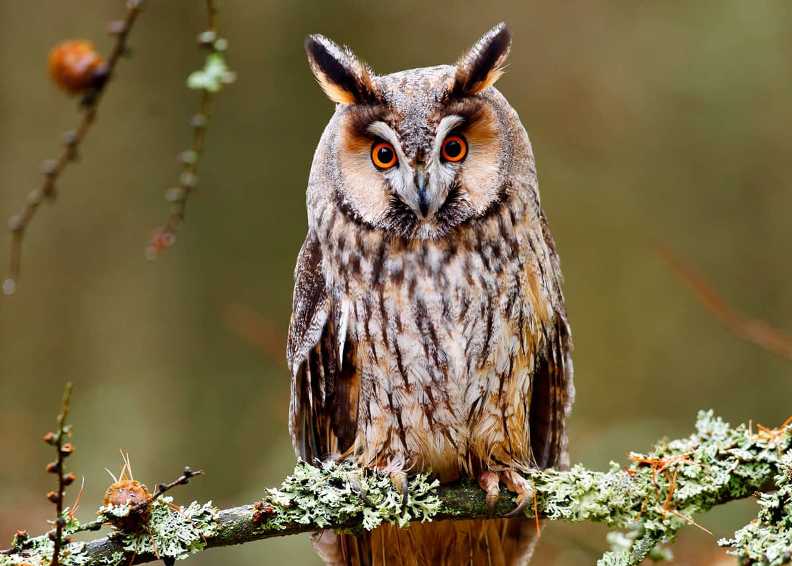
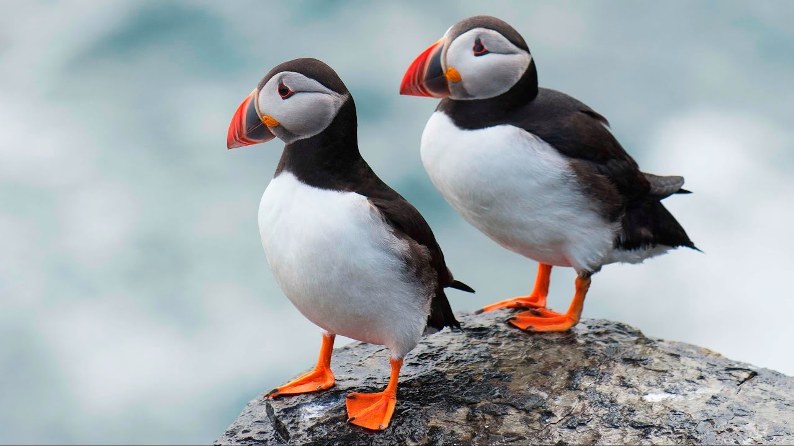
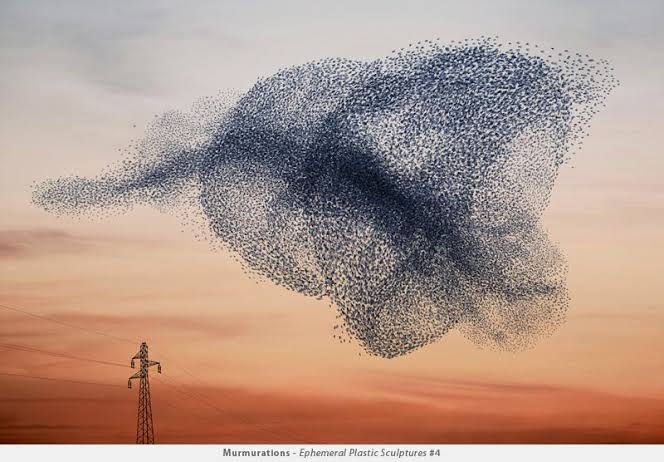
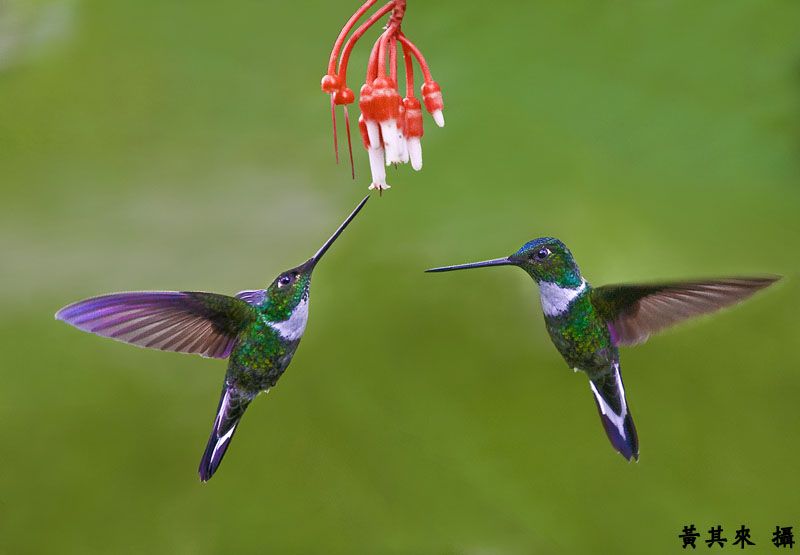
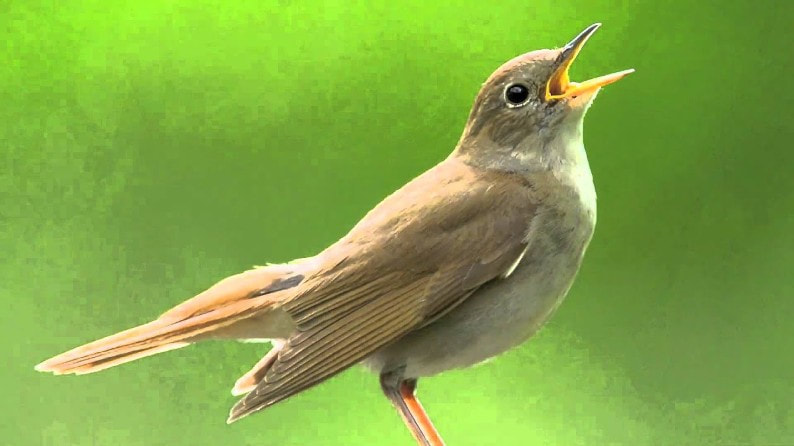
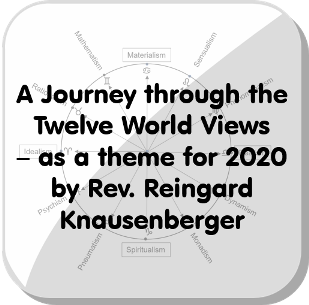
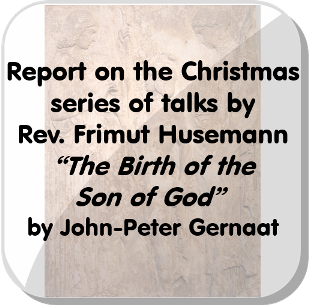
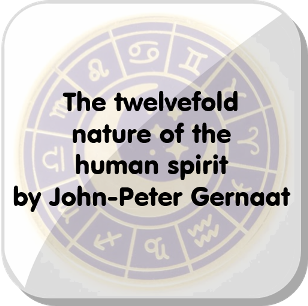
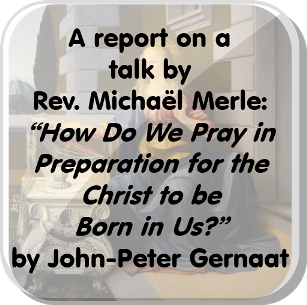
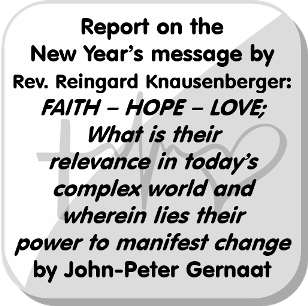
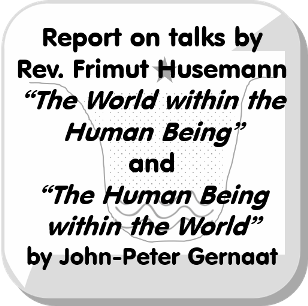
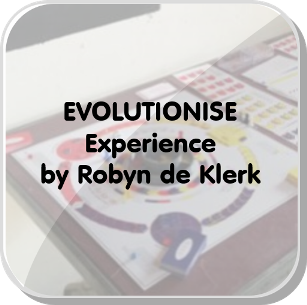
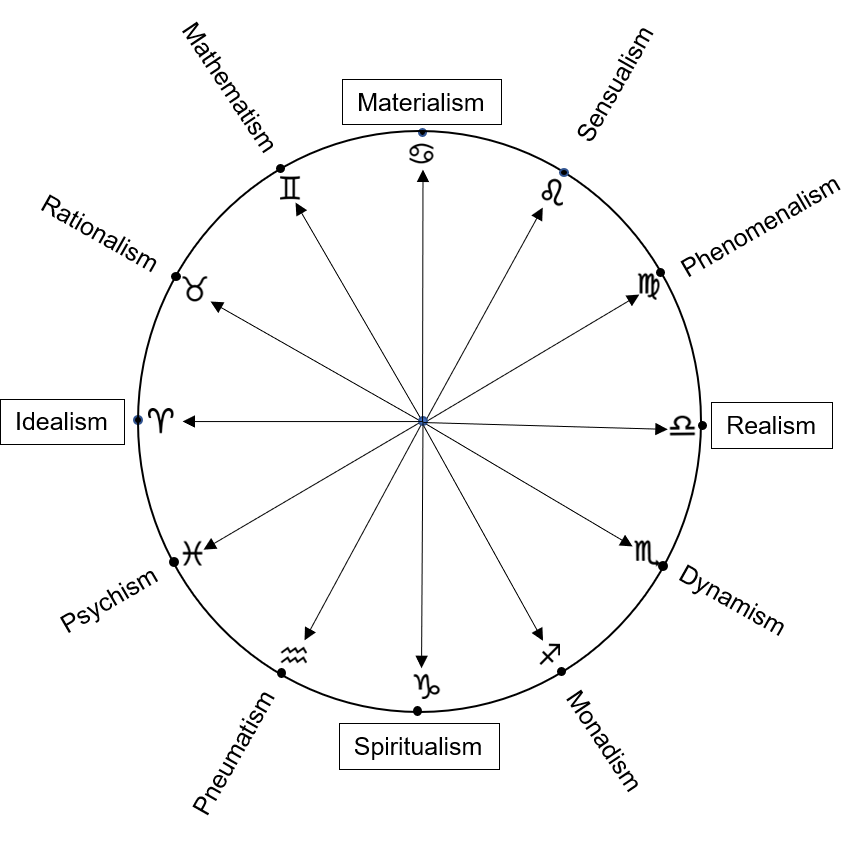
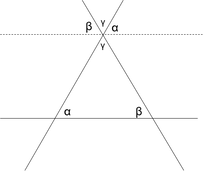
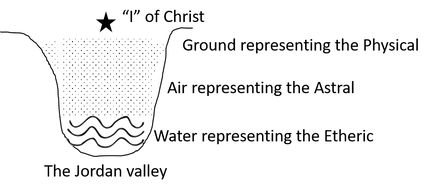
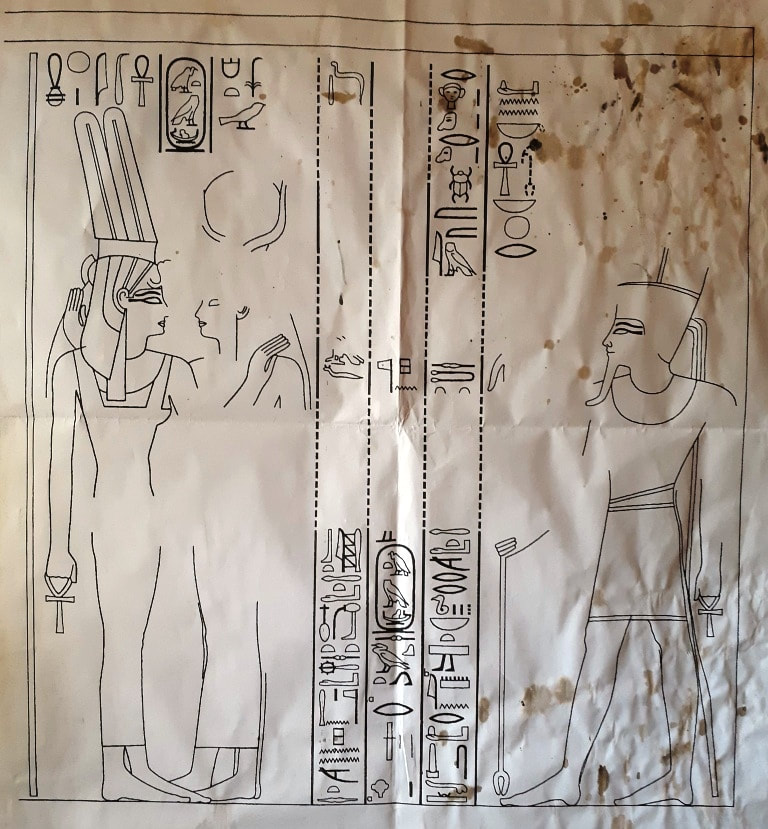
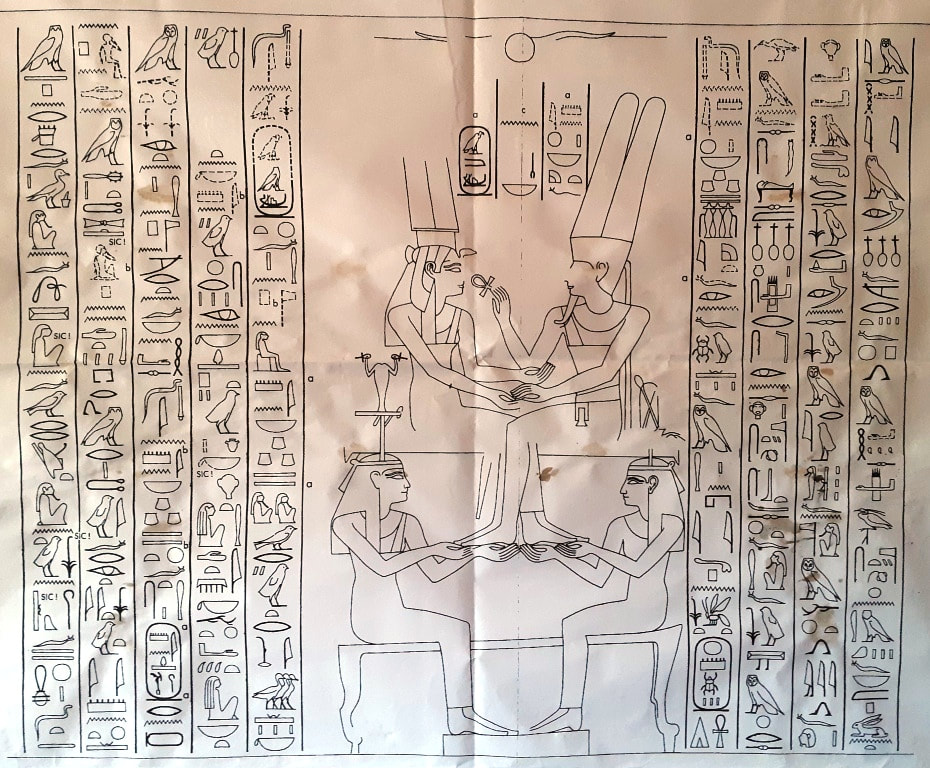
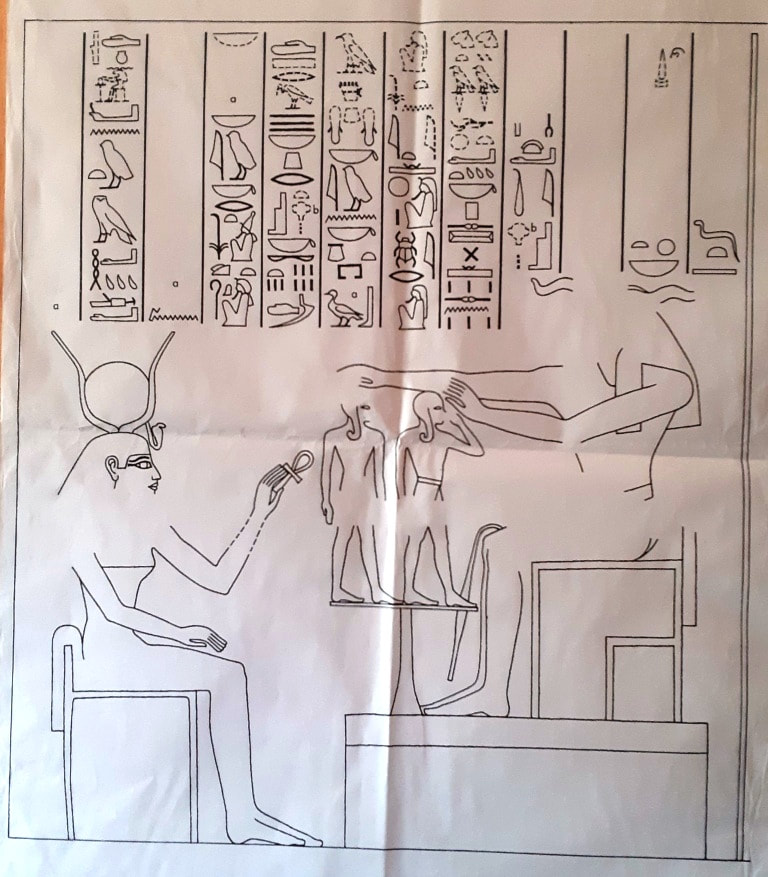
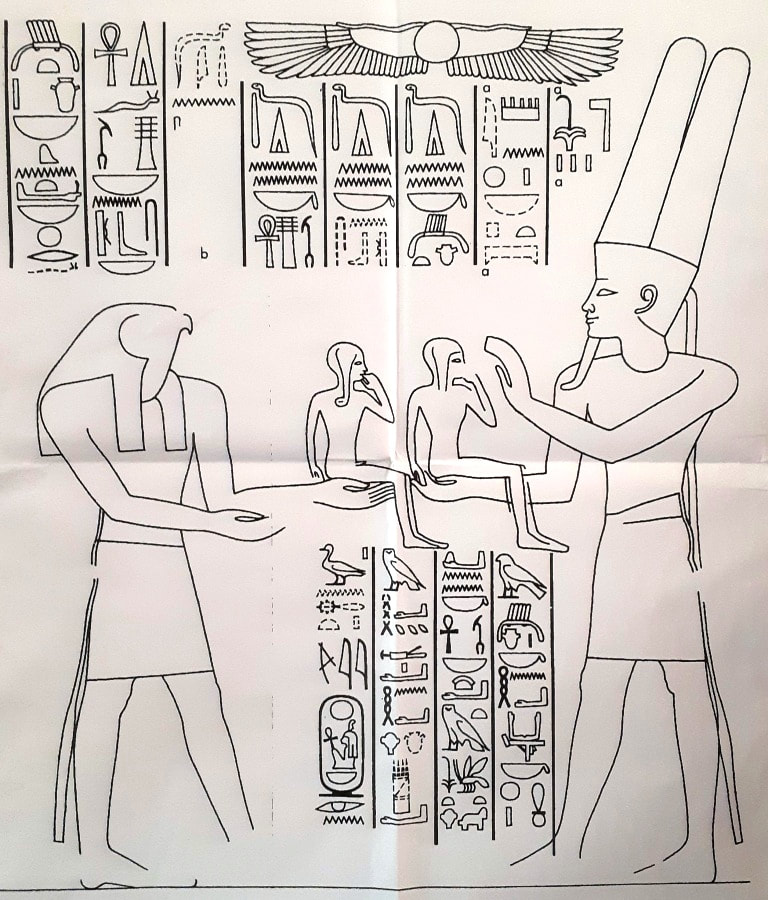
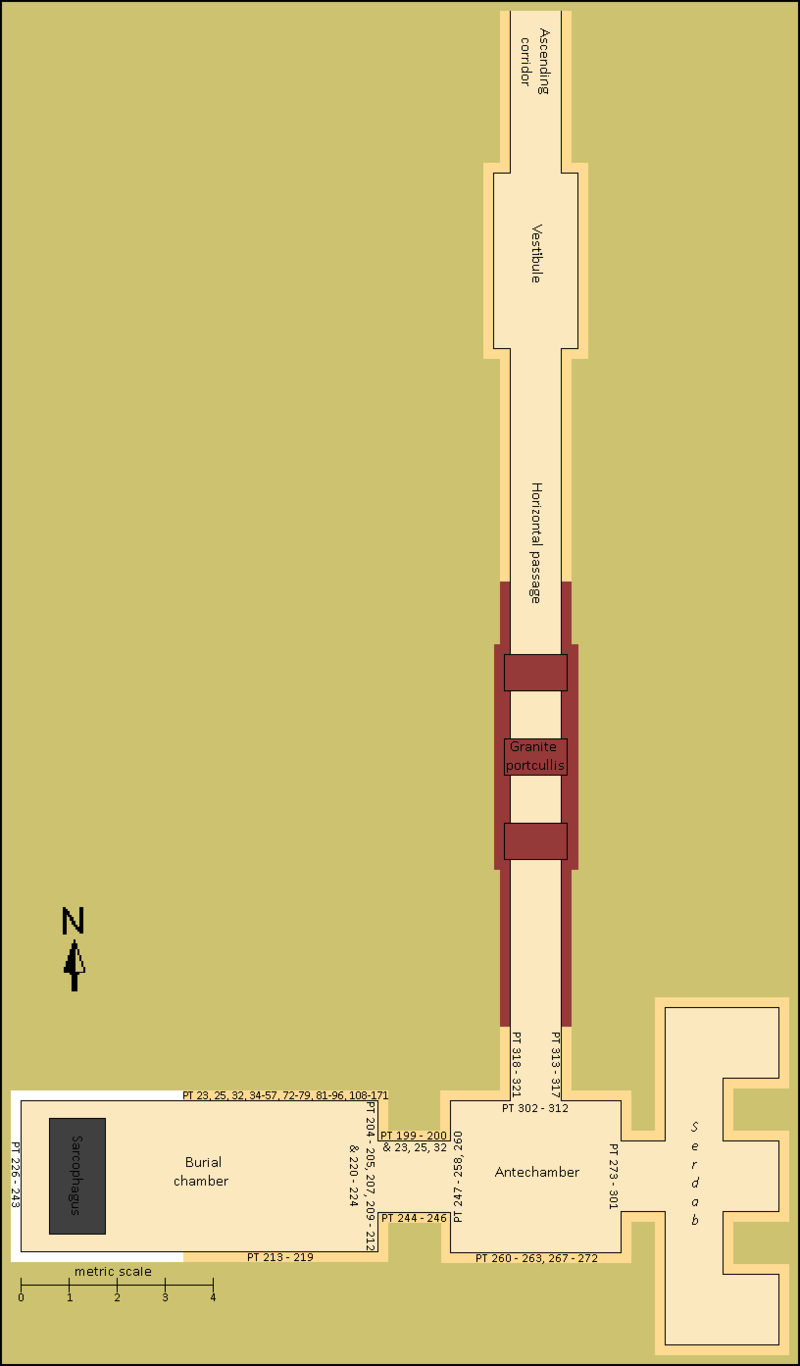
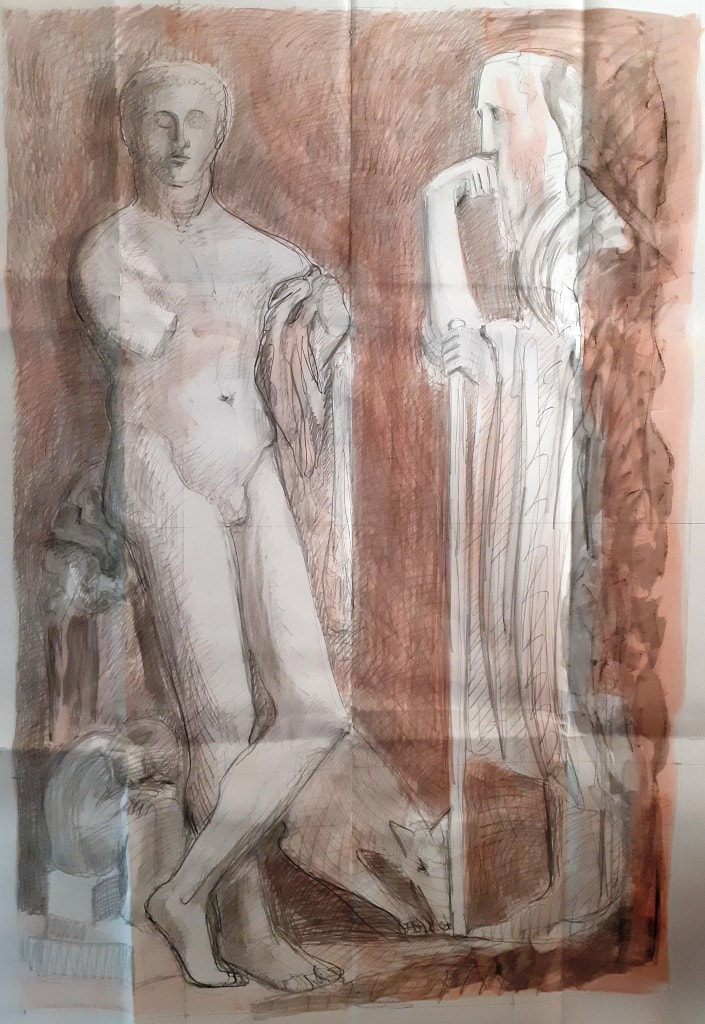
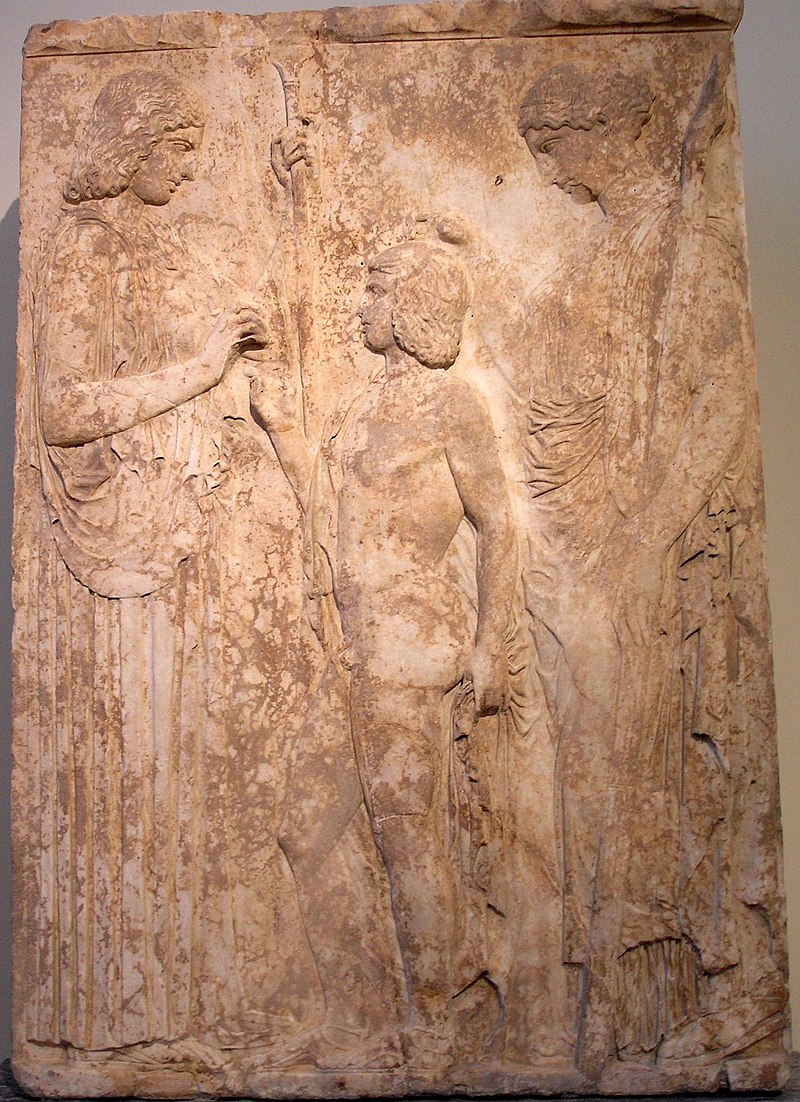

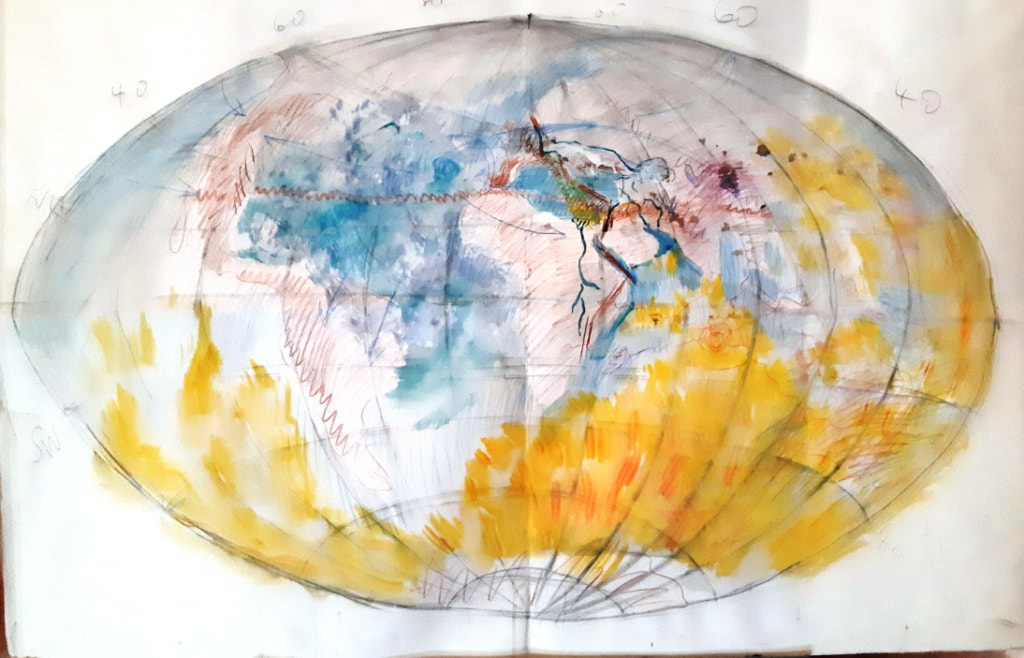
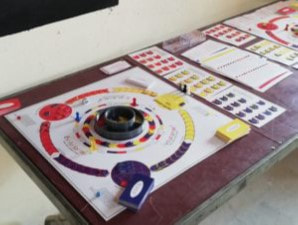
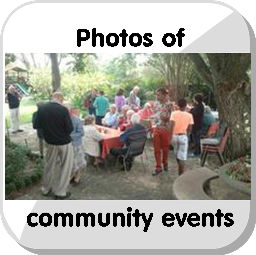
 RSS Feed
RSS Feed